 And here is another very small publication, namely a document titled the "Arctic Shipping Position Paper", and it has been prepared and subsequently published by the ICS - that abbreviation stands for the "International Chamber of Shipping" - some time ago.
The original declared purpose of the compilers team of the present paper was to try and establish some major principles related to the governance of shipping activities in the Arctic geographical area plus the regulation of all vessels that are commonly navigating there.
The tables in the present booklet provide required info related to the reduction in major marine oil spills, comparison of carbon dioxide emissions occurring between various transport modes, together with the IMO agreement addressing all applicable technical regulations intended to assist with reduction in the ships' CO2, i.e. carbon dioxide. This useful reference document also outlines the seven fundamental principles.
In short, we would definitely note that this document should be treated as an attempt to establish some underlying principles relating to the governance of the relevant shipping activities in the Arctic region together with the regulations applicable to the vessels that are involved in navigation in the Arctic waters. A good supplementary document to be onboard of every ship navigating in the subject region.
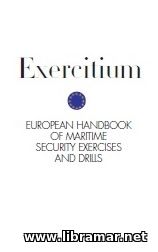 Ports are complex places, covering a wide area with many kilometres of quays and involving hundreds of companies and thousands of people. There are just as many points and times when security may be compromised, either through human error or through malicious intent. We cannot afford not to be thoroughly prepared for such occasions.
We can do this only by having detailed Security Plans and by exercising these plans in realistic settings. While theoretical knowledge is important, we have to practice the relevant skills so that we know they will work in an emergency. It is therefore no coincidence that European Regulation 725/2004 requires under ISPS Code Part В para. 18.5 and 18.6 that drills and exercises should be held on a regular basis.
Drills have to be conducted at least every three months, testing individual elements of the Security Plan. Exercises should be carried out at least once each calendar year. They test communication coordination, resource availability and response of the several services involved in security. These exercises may be full-scale or live, tabletop simulations and seminars or combined with other exercises, such as emergency response or other state authority exercises.
This Regulation points the way for ports and port facilities to learn the necessary practical skills, to test the feasibility of their plans and to be ready for the moment that the plan actually has to be put into operation. These security drills are extremely important because they enable us to gain live experience of the importance of networks between people collaborating across the boundaries between levels and organisations.
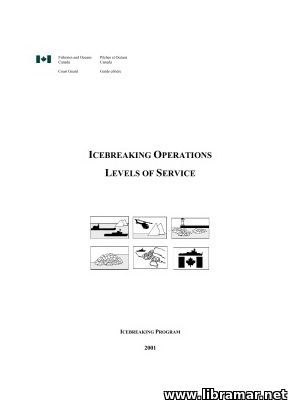 The present CCG publication will give very clear and quite concise technical definitions of the ice-breaking services that could actually be expected by the clients; in addition to that, all delivery targets have been covered. The paper is also including the measures of the performance for the customer focus, that have been developed in the course of the several workshops that were held in association with numerous official representatives of commercial shipping companies in close cooperation with the governmental authorities.
Moreover, the authors of the document have included detailed costs of the operations and complaint mechanism. The publication opens with the chapter that provides some of the general introductory info, including the process of the development of the standards directly relating to the service, historical overview, partnership, planning framework etc., followed by the chapter describing the ice-breaking operations, including harbor breakout, route assistance and other aspects.
The other chapters of this document are dealing with the block commitments, resource info, ice management issues, flood control, requests for the services; the last chapter of the publication is dedicated to the complaints, comments, and suggestions. The document was prepared and released by the CCG, standing for the Canadian Coast Guard, within the framework of the official Icebreaking Program.
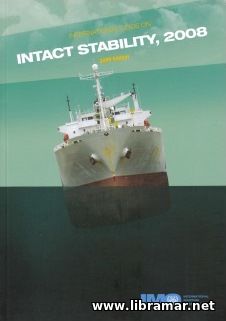 The main content of the present regulatory document consists of two major parts. In the Part A mandatory general and special criteria for the intact stability applicable to various types of vessels have been provided. The Part B, in turn, contains recommendations for the certain vessel types, supplemented with the additional guidelines. In second part of the volume there are some recommended design criteria and guidance to preparing the ship's stability information (including the utilization of stability instruments), icing considerations, operational provisions against capsizing, determination of the ship's lightship parameters, and consideration for the weathertight/watertight integrity of the ship.
There are two annexes supplementing this publication and containing detailed guidance for the preparation and proper conduct of an inclining experiment, and useful recommendations for masters of fishing vessels on ensuring a ship's endurance in iced waters. In short, the Code is presenting the mandatory and recommendatory criteria together with the other measures to ensure the safe operation of the vessels and minimize the possible risks to the vessels, crew members and environment. This publication is featuring the complete update of the previous Code, influences on the intact stability, together with some useful explanatory notes plus other valuable technical info.
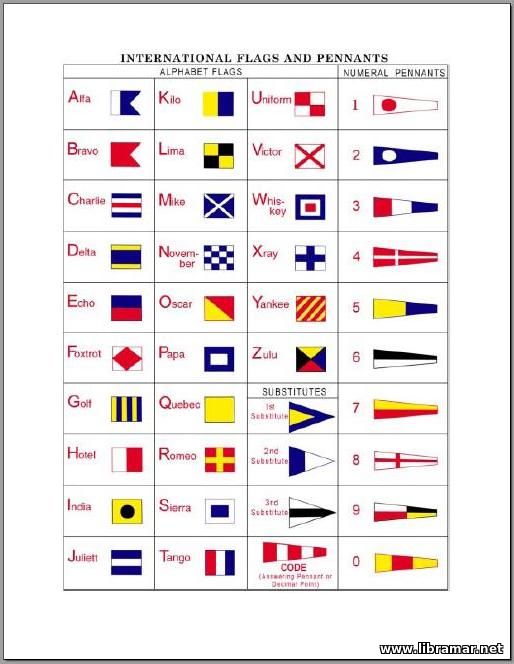 Well, here is a well known book - official updated and quite significantly revised edition of the Code of Signals. The main purpose of the present volume is to provide all interested parties, i.e. everyone involved in navigation, with the effective means and ways of communication in various situations essentially relating to the navigational and personal safety - this becomes even more important in cases when the language barrier and associated difficulties are there.
The book has been arranged in for major chapters. The opening chapter provides all readers with the general instructions for signaling. The second chapter of the book contains the general signal code while the third chapter contains the medical signal code. And, finally, the last chapter gives the distress and life-saving signals and describes relevant radio-telephone procedures. The main portion of the document has been supplemented with an appendix containing United States/Russian Federation signals for naval vessels.
The official title of this paper is Publication 102. It's very first edition was released more than a century ago, just imagine - in 1855, and it contained nearly seventy thousand signals using eighteen flags. Obviously, numerous important changes have been made to the Code since that, as a response to the developments in navigation and communication fields...
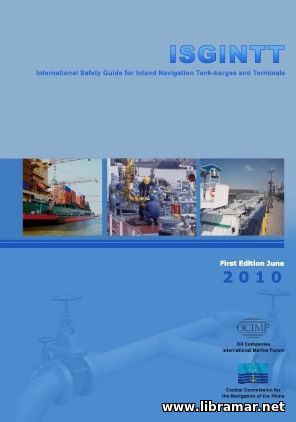 The present guidebook was prepared to provide the best and effective safety practices on proper operation of the tank barges as well as terminals; the intention of the authors was also to embrace the control philosophy based on a risk awareness. We know how critical safety is to the tanker shipping industry of today.
The authors also hope that this book will serve as a standard reference source that would be used when working on the safe operation of both inland barges and terminals. The publication is therefore kept updated with the latest technological developments and relevant legislation. We would like to emphasize that all recommendations provided in the pages of the present volume are to be thoroughly read and clearly understood.
The ultimate purpose of the volume is to improve safety of marine transportation of dangerous cargoes at the interface of the barges with terminals or other ships. It shall be noted that this publications is not intended to replace or amend the existing legal instruments, it is rather to provide the shipping industry with some valuable additional guidance not considered a part of any legal requirements. The book will also provide the personnel involved in the above mentioned operations with the operational advice and description of how exactly tanker and terminal operations are usually carried out.
 This is a very compact guidance; it was specifically prepared with participation of the several organizations respected in the maritime industry with the ultimate intention to duly address the major issues of competency and training for ECDIS, standing for the "Electronic Chart Display and Information Systems" - it was prepared by a special industry group coordinated by The Nautical Institute.
A series of meeting was held by this group, comprised of the leading international maritime industry organizations, since ECDIS had given rise to confusion in regard to training. The ECDIS-related amendments STCW Convention made in 2010 are still not in force and will take full effect only in 2017. Thus, it has been recommended that approved training be undertaken before that in order to ensure that all watchkeepers meet all STCW requirements prior to sailing on the vessels with ECDIS installed on them.
The document consists of only two pages. As it is clear from the title of this mini-publication, it is to address the today's requirements applicable to the electronic charts; apart from that, it deals with the generic ECDIS training and familiarization, provides valuable recommendations and also gives some information of the issues relating to the ECDIS training endorsed by the industry...
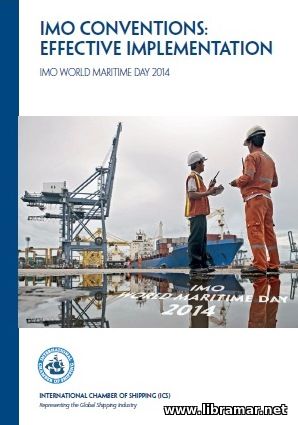 The official publication released in conjunction with the IMO Maritime Day. It is very short but still able to provide all interested persons and participants of the shipping industry with some useful information. The booklet starts with a short article dedicated to the implementation changes and the importance of the effective implementation.
It is obvious that in order to provide the effectiveness of the operations, the international maritime industry of today is seriously dependent on the regulatory frameworks that are established by the IMO as well as on the effective implementation of the international conventions released by this organization. The failure to follow these would eventually result in the chaos in the maritime industry and complete distortion of the shipping market. Another negative result would be reduction in the levels of marine safety and protection of the environment.
One of the most important and truly impressive features of the regulations proposed and implemented by the IMO would be that once they have entered into force, all of them are applied to the vessels globally via a very effective combination the inspections conducted by port state control and flag state inspectors. These instruments are deservedly considered very practical and play one of the key roles in the marine safety and environment protection...
|







